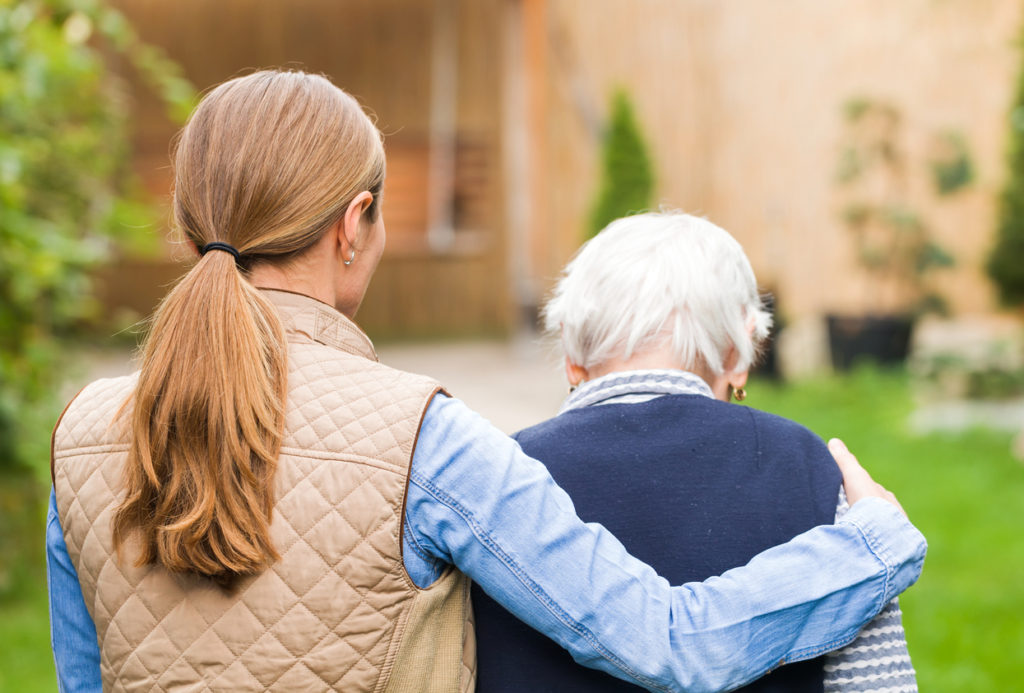
Know These 5 Risk Factors for Fall Prevention
Fall Prevention
By Sara Strain
In the last blog that we posted, we looked at Understanding a Patient’s Fear of Falling, but why are older adults at an increased risk for falls? As clinicians, we have an innate understanding of this answer, but can we articulate it to our patients, their caregivers, and the community to better educate on this important topic? Fall prevention helps avoid many complications of falling for older adults, such as fractures and loss of independence. Let’s explore some risk factors for falling below.
- Decline in Strength: As many adults age, they become less active due to changes in routines and roles. Often the result is a more sedentary lifestyle. The phrase we all know, “use it or lose it” is so true with this population. The combination and effects from senile atrophy (the natural progression of atrophy with advancing age) and disuse atrophy (atrophy as a result of inactivity or decreased function) results in less muscle mass, and therefore decreased strength and balance. This places older adults at an increased risk for falls.
- Medications: Older adults are commonly on a variety of medications which are used to treat various conditions. The use of medications cannot be overlooked as a significant risk factor for falls. Certain medication categories may predispose an individual to having a higher risk. Medications used to treat Parkinson’s disease, hypertension, and angina can result in orthostatic hypotension. A variety of medications including opioids, antidepressants, and anticholinergics (which may be used to treat common conditions such as COPD, GI disorders, and incontinence) have potential side effects such as lethargy, dizziness, motor incoordination, and double vision. All of these side effects can highly increase the risk for falling. It is important as practitioners to remain aware of a medication’s side effects, as well as help monitor for tolerance and reaction to changes in medications.
- Impaired Vision: Age-related visual impairments and diseases put elderly adults at a greater risk for falling. Common age-related eye conditions include cataracts, glaucoma, macular degeneration, and diabetic retinopathy. These conditions can cause eye sight to become less sharp, depth perception to become diminished, and a decreased ability for the eyes to focus and adapt to changes in light and dark environments. Even if an older adult is in good physical condition, failing to recognize changes in terrain or see an item on the floor can result in a fall.
- Chronic Diseases/Surgeries: Common chronic conditions include arthritis, history of stroke, incontinence, diabetes, Parkinson’s, and dementia. These diseases can lead to weakness in the extremities, balance disorders, pain, sensation deficits, and cognitive impairments. Surgeries can leave a person feeling very weak, in pain, and less mobile than they were before the surgery. Looking at a patient’s medical history can help determine a patient’s risk for falls.
- Environmental Hazards: Therapists have a crucial role in explaining how an older adult’s home can pose as a risk for falling. Factors such as poor lighting and cluttered walkways can cause older adults to easily trip and fall. Throw rugs and unsafe footwear are big culprits for falls. It is also important to understand that pets can become a fall risk, as they tend to walk and lay near their owner’s feet. Also, using adaptive devices appropriately and when recommended is vital in decreasing one’s own risk for falling.
Typically, a fall is a result of a combination of the above risk factors and certainly there are other factors that could be evaluated. As clinicians, we need to continuously analyze a patient’s risk for falling. We can set goals for patient/caregiver education, or incorporate the education into our treatment plan in order to decrease a patient’s risk for falling based on their individual risk factors.
